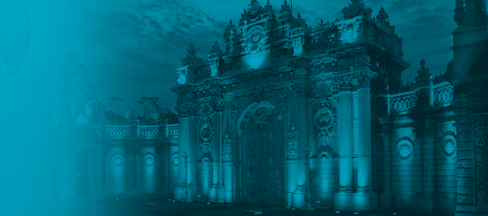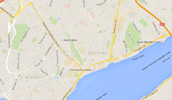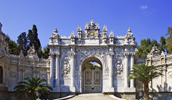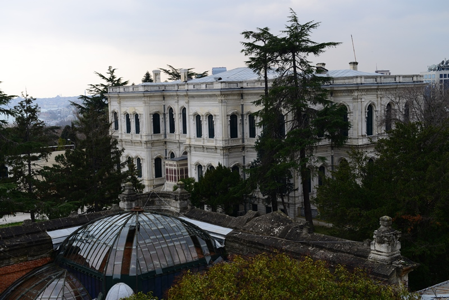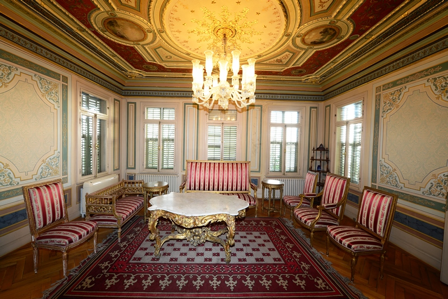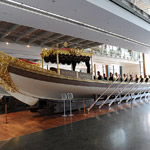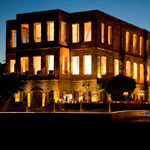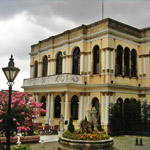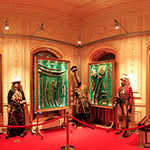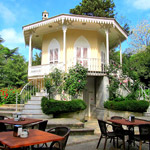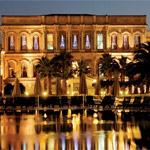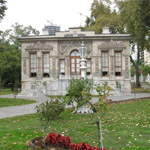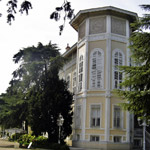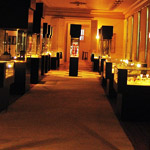Yıldız Palace
Yildiz Palace, which is the last architectural example of Turkish Ottoman palace, is located on the Yildiz hill in the district of Besiktas. Sultan Ahmed I was the first to build a pavilion, over this land registered at the time to the Private treasury of the Ottoman Sultan as a hunting place sultans beginning during the reign of Suleiman the Magnificent (1520-1566). At the end of the 18th century, Sultan Selim III built Yildiz Pavilion for his mother, Sultan Mihrishah and a fountain for his father. Sultan Abdulaziz, residing in Yildiz Kiosk in summers, built State Apartments. After that, he added Malta and Cadir Kiosks in the outer garden and Cit Pavilion to the main palace section.
The main construction in the palace started in the period of Sultan Abdulhamid II (1876-1909) and it was called Saray-iHumayun (Central palace). During this period the palace comprised of buildings for private use of the sultan as well as buildings, allocated for the officials, repair shops and carpentry like repairing shop, carpenter’s shop and the buildings of culture and art such as theater, museum and library. The palace has an inner garden which is called “Hasbahce” with a pool inside resembling a natural creek. In different points of this garden there are small independent resort kiosks.
The palace buildings that were left idle for a while in the aftermath of the Sultan Vahidettin’s reign, were allocated to the Staff Officer’s Academy. The palace which was left to War Academies in 1946 was handed over to the Ministry of Culture in 1978 and it begun to serve as a museum under the name of “Directorate of the Museum of Yildiz Palace since 1993.
For further information please check Click Here
 Barbaros Bulvarı, Serencebey Yokuşu, No. 62,34349 Beşiktaş/İstanbul
Barbaros Bulvarı, Serencebey Yokuşu, No. 62,34349 Beşiktaş/İstanbul (0212) 258 3080
(0212) 258 3080


